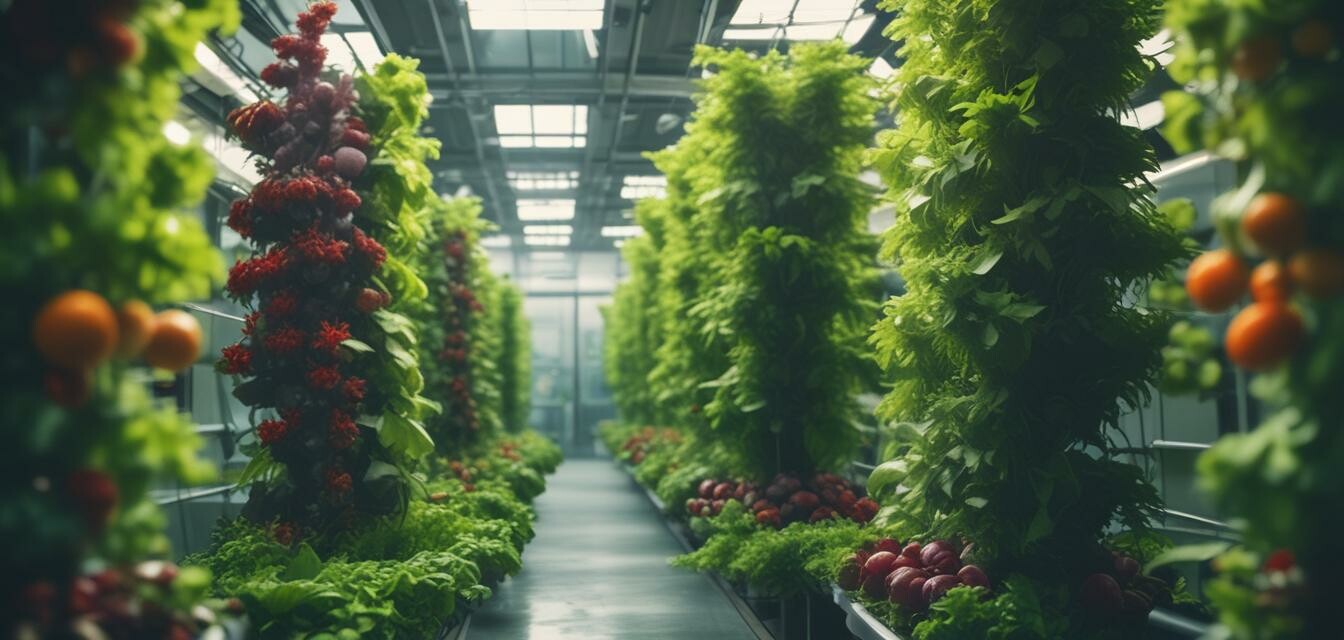
Hydroponics: The Future of Sustainable Agriculture
Key Takeaways
- Hydroponics uses nutrient-rich water for plant growth, eliminating the need for soil.
- This method significantly reduces water usage, making it ideal for regions with limited water resources.
- Hydroponics minimizes pesticide use, resulting in healthier and safer crops.
- Urban settings benefit greatly from hydroponic systems, allowing food production in limited spaces.
- The continuing advancements in technology are driving the future of hydroponic agriculture.
In recent years, hydroponics has emerged as a revolutionary method of farming that may change the agricultural landscape drastically. By utilizing water-based solutions instead of soil, hydroponic systems offer a sustainable alternative that contributes to more efficient plant growth, precise nutrient delivery, and greater resource conservation. In this article, we will explore how hydroponics is shaping the future of sustainable agriculture, its advantages, and its impact on food security.
What is Hydroponics?
Hydroponics, derived from the Greek words, "hydro" meaning water, and "ponos" meaning labor, refers to the practice of growing plants without soil. Instead of relying on soil as a medium, hydroponic systems provide plants with nutrients directly through a water solution. This allows for an efficient use of resources while delivering optimal growing conditions for the plants.
Advantages of Hydroponics
Hydroponics offers numerous advantages over traditional soil gardening. Some of these benefits include:
| Advantage | Description |
|---|---|
| Water Conservation | Hydroponic systems use up to 90% less water than traditional farming, as water is recycled and reused. |
| No Soil Required | The absence of soil significantly reduces the risk of soil-borne diseases and pests. |
| Faster Growth | Plants in hydroponic systems often grow up to 30% faster due to optimized nutrient availability. |
| Space Efficiency | Vertical farming and stacked systems maximize space usage, making it ideal for urban environments. |
| Reduced Environmental Impact | Hydroponics can minimize the use of pesticides and fertilizers, leading to healthier crops and a lower carbon footprint. |
Hydroponics and Water Conservation
Water scarcity is a pressing issue as the global population continues to rise. Traditional farming can consume vast amounts of water, leading to depletion of local water resources. Hydroponic systems, by design, address this challenge effectively. Here’s a deeper look into how hydroponics conserves water:
- Recirculating Systems: Water is continuously circulated, allowing plants to absorb what they need while excess is returned to the system.
- Reduced Evaporation: Since hydroponics is often conducted indoors or in controlled environments, evaporation loss is minimized.
- Precision Irrigation: Water can be delivered directly to plant roots, ensuring that every drop counts.
The Role of Technology in Hydroponics
Advancements in technology are revolutionizing hydroponic systems, making them more efficient and easier to operate.
| Technology | Description | Benefit |
|---|---|---|
| Automated Systems | These systems monitor and adjust nutrient levels and water, optimizing plant growth. | Reduces labor and ensures stable growing conditions. |
| LED Grow Lights | Energy-efficient lights that simulate sunlight, encouraging growth indoors. | Allows year-round cultivation regardless of outdoor conditions. |
| Sensors and Monitoring | Devices that track pH, nutrient levels, and moisture content in real-time. | Enables precise adjustments for optimal growth. |
The Impact of Hydroponics on Food Security
With the increasing demand for food and the challenges posed by climate change, hydroponics may play a key role in ensuring food security. Here’s how:
- Urban Farming: Hydroponics allows food production in cities, reducing the food transportation carbon footprint.
- Year-Round Production: Growing without seasonal restrictions means a steady supply of fresh produce.
- Adaptation to Climate Change: Hydroponics can be set up in areas vulnerable to drought and soil degradation.
Challenges and Considerations
While hydroponics presents numerous benefits, it also faces challenges that must be addressed for widespread adoption:
Pros
- Efficient use of water resources
- Higher yields in smaller spaces
- Less dependency on pesticides
- Fast plant growth cycles
Cons
- Initial setup costs can be high
- Requires knowledge of nutrient management
- Risk of system failures
- Limited crop variety compared to traditional agriculture
Looking Ahead: The Future of Hydroponics
The future of hydroponics is bright, driven by innovations in technology and a growing emphasis on sustainability. As more individuals and businesses turn to this method of agriculture, we can expect:
- Increased investment in research and development
- More educational resources and training programs
- Collaboration between governments, industries, and universities to promote hydroponic practices
Moreover, as consumers become more aware of where their food comes from, the demand for locally grown, pesticide-free produce will continue to rise—positioning hydroponics as a crucial player in the future of sustainable agriculture.
To learn more about hydroponic systems and how they can influence your gardening endeavors, check out our hydroponic systems page. For tips on optimizing your space for growing, visit our DIY projects section.

